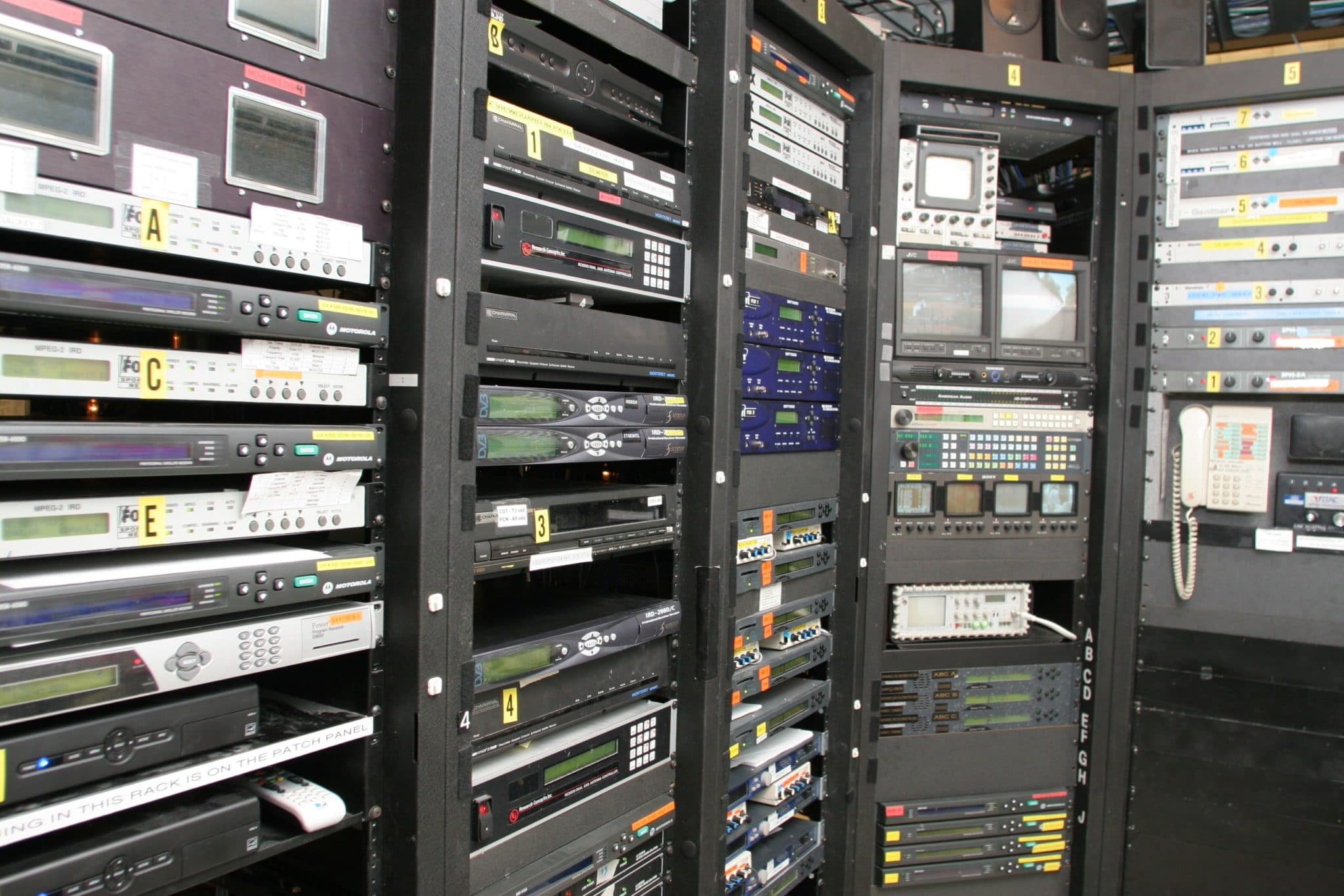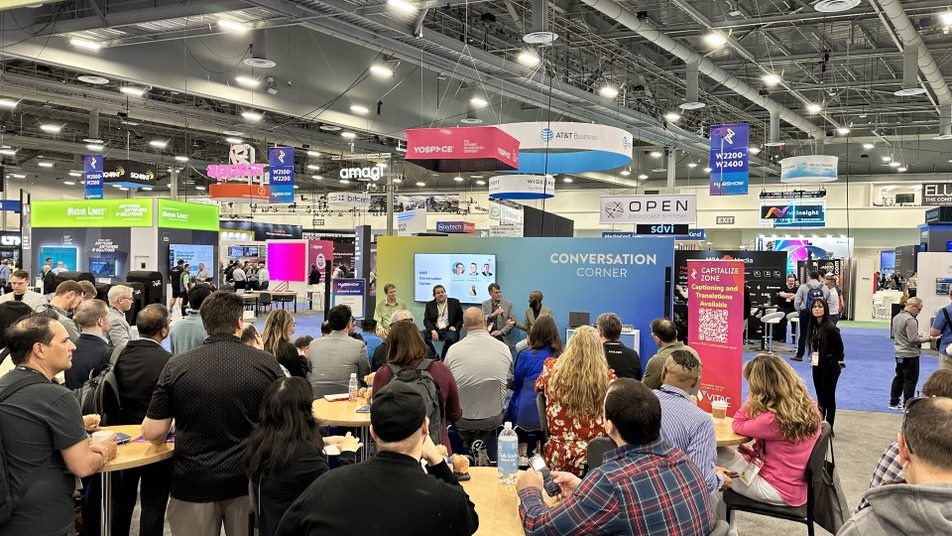Excitement for entertainment awards season continues to build as the nominations for the 2020 Oscars were unveiled earlier this week, while the Grammy and Screen Actors Guild awards shows are right around the corner.
Making those shows accessible via captions can prove quite challenging not only for the skilled professionals live-captioning the shows as they are broadcast, but also for the production crews helping with research and prep work in advance.
Well before any of these shows hits the airwaves, VITAC’s team of coordinators will have pored over scripts, tested connections, and shared background materials (including the names of nominees, movie titles, characters, and hit song lyrics) with captioners to help prepare them for anything, such as the spelling of Oscar-nominated writer Taika Waititi or Grammy-nominated musicians RÜFÜS DU SOL.
VITAC Senior Production Coordinator Lauren Salopek is a veteran of award show planning, and shared a behind-the-scenes look at the preparation and research that goes into making such shows accessible to all viewers.
Working with a Script
 “We almost always get scripts from the network – sometimes multiple drafts as they finalize dialogue or order of appearances,” Lauren says. “The scripts give a rundown of the general order of the show, and/or lyrics (if there are any musical performances) for the night. These will include names of presenters, hosts, and nominees, and any pre-written materials that we can prepare ahead of time for the broadcast – things like monologues or jokes the hosts open the show with, banter in between award presentations, and the dialogue for the introductions for each award.
“We almost always get scripts from the network – sometimes multiple drafts as they finalize dialogue or order of appearances,” Lauren says. “The scripts give a rundown of the general order of the show, and/or lyrics (if there are any musical performances) for the night. These will include names of presenters, hosts, and nominees, and any pre-written materials that we can prepare ahead of time for the broadcast – things like monologues or jokes the hosts open the show with, banter in between award presentations, and the dialogue for the introductions for each award.
“Lyrics for music performances are especially essential. It’s usually much faster than regular dialogue, and not every singer enunciates clearly enough to be heard, so it’s harder to write on the fly. If we can prepare lyrics ahead of time, they will be much more accurate (and easier on the captioner) than writing them live.”
Lauren says that scripts for larger shows usually are sent a few days in advance. Coordinators typically work as a team, taking individual segments and preparing the network-provided script for air.
“We want to make everything as clear and readable as possible for the viewers, and as helpful as possible for the captioner,” Lauren says. “So, generally, what we need to do with each file is remove all the non-essential text the network has left in – stuff like camera cues, guest lists, or notes for what kind of graphics will display on television – and leave in only the dialogue or music we’ll need to send over the air.
“The scripts that we prep can be sent to air with the touch of a button, so when someone is giving an acceptance speech, or improvises, the captioner can switch from sending the script to writing live − and go back and forth − as needed.”
Formatting is a Must
Prepping a script also means making sure it is consistent and formatted in a style that enables captions to appear correctly on the screen.
“For example, any proper name – let’s say Phoebe Waller Bridge – needs to be hard spaced ( ^ ), which keeps the person’s full name together so it’s not split over two lines of text,” Lauren says. “Writing ‘Phoebe^Waller^Bridge’ in a script will ensure a viewer isn’t reading ‘Phoebe Waller’ on one line of captioning and ‘Bridge’ on the second one.
“We’ll also put in line breaks at the end of each sentence (\E), format music notes (\M\M\E), and line warnings (\W) which mean that, in a few lines, the captioner is going to have to write live – usually when the winner of an award is announced, and when they make their speech. The script does not reveal ahead of time who wins each award, so ‘\W’ lines right before a winner is announced is essential so that the captioner is ready to write any nominee’s name.”
The Finished Product
Coordinators make sure to keep an eye on the broadcasts once the shows hit the air.
“For big events, we’ll keep it on a monitor somewhere throughout the broadcast just to check in on it periodically and make sure things are still going smoothly,” she says. “For the Oscars, in particular, I like to have a satellite feed pulled so I can watch or listen in while I’m doing my work for the night. I get to see the show and keep an eye out for any technical issues.”
(Interested in learning more? Click here for a behind-the-scenes look at the work that goes into creating and writing live captions for award shows.)




